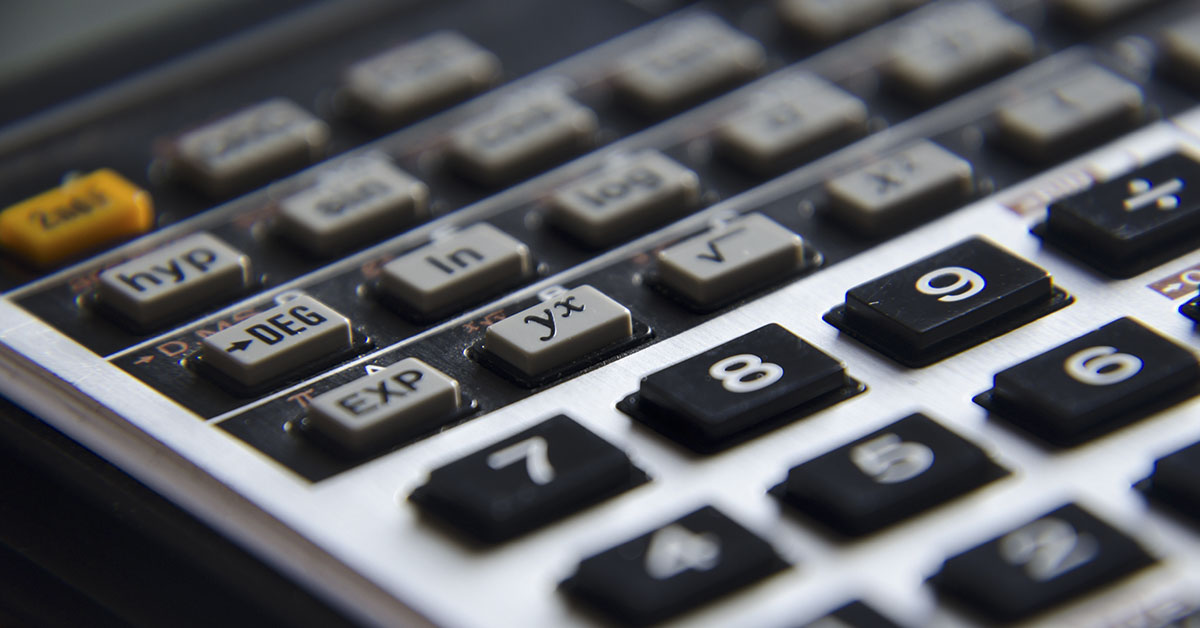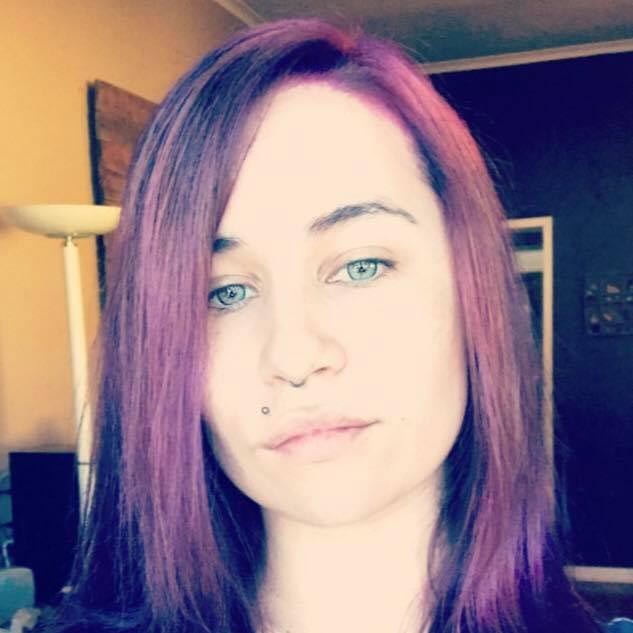One good thing technology has done for the world is improve learning and schooling. Using calculators and computers to solve complex math questions has changed how problems are solved and saved students a lot of time. But picture yourself in a world where you couldn’t use a computer on a math test. That’s what a story from a 1975 issue of Science News Magazine discusses as this was the case for many students until the 1970s when calculators started to be used in schools more and more. Over time, teachers realized how important it was to let students use calculators during tests, and soon enough, they were a standard part of every student’s school supplies.
Some time ago, a Canadian scientist showed us what math tests were like in the 1800s. The video quickly went viral on social media. Prof. Anthony Bonato, who tweets as @Anthony_Bonato and works as a math teacher at Toronto Metropolitan University in Ontario, Canada, shared a picture of the Harvard math entrance test. Bonato loves math and often shares memes and pictures that are connected to it that are both funny and make you think. “How would you do on this math test to get into Harvard? The test was taken in 1869, so calculators were not allowed“, the teacher said.
There were problems on the test that might need a lot of time and careful math to solve. The current group of students might find it easy because they can leave the time-consuming calculations to computers and focus on how to solve the problems. But it’s likely that kids in the 1860s had a hard time with it.
Old School Math: Calculators Not Allowed!
This old test certainly amazed people online, with nearly 74,000 hits in just a few days. Some people thought they would easily pass this test, while others understood how lucky they were to have calculators.
“I don’t think it would have been too hard to study for this kind of test if you had a month or two to do so.” In other news, I’ve never heard of “vulgar fractions” before, said @eterevsky. “I don’t even understand the questions,” she said. “But the text is great as a test of performance,” @ddl_squared wrote. “There are some who think that we should still teach these obsolete skills, and overlook that we can now teach much deeper material,” said @LawrPaulson. They are well-written, so it’s easy to answer them. @hmdhdi22 said, “These days, you need to be a linguistics professor to understand what some questions mean.“
People who talk about how hard math used to be can’t help but mention Shakuntala Devi, the famous math genius. Devi was called the “human computer” because she could quickly do long calculations, which was rare for humans. In 1980, Shakuntala Devi set the record for the fastest human computation time at Imperial College London. She did it in 28 seconds. Devi quickly found the 26-digit answer to the question, “Multiply 7686369774870 by 2465099745779.” She even got the Guinness World Record for this amazing thing she did. Without using computers, this math genius taught herself everything she knew and shocked everyone with how quickly she could do things.
This content has, in part, been generated with the aid of an artificial intelligence language model. While we strive for accuracy and quality. Please note that the information provided may not be entirely error-free or up-to-date. We recommend independently verifying the content and consulting with professionals for specific advice or information. We do not assume any responsibility or liability for the use or interpretation of this content.

